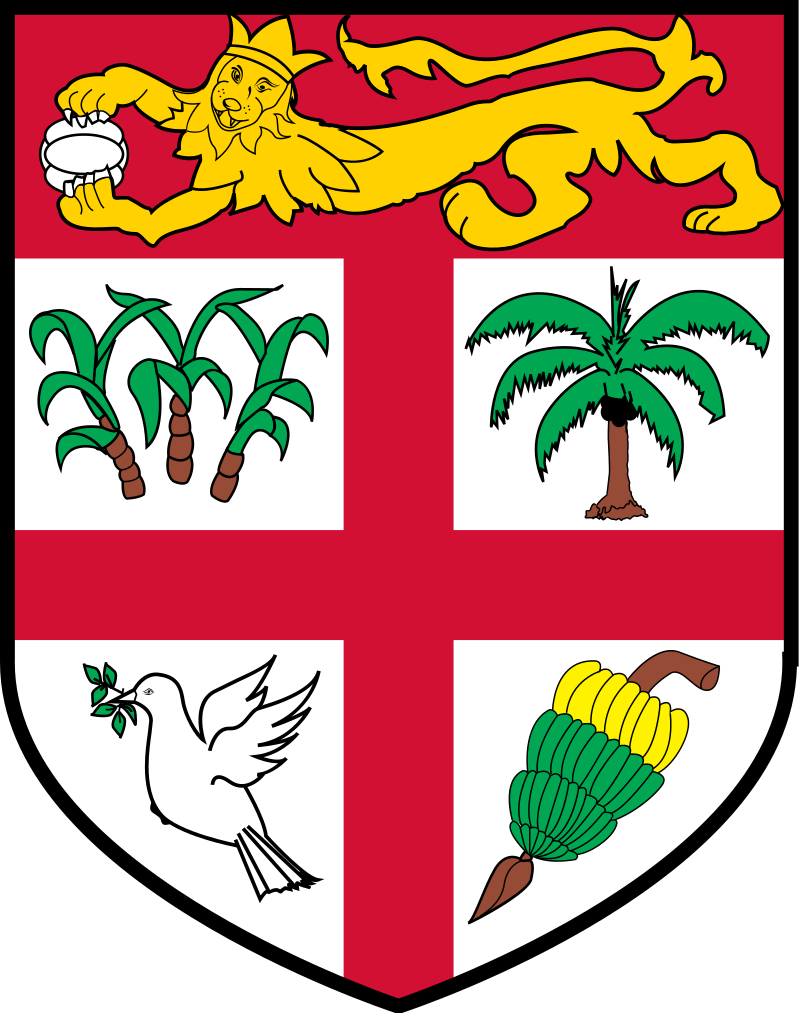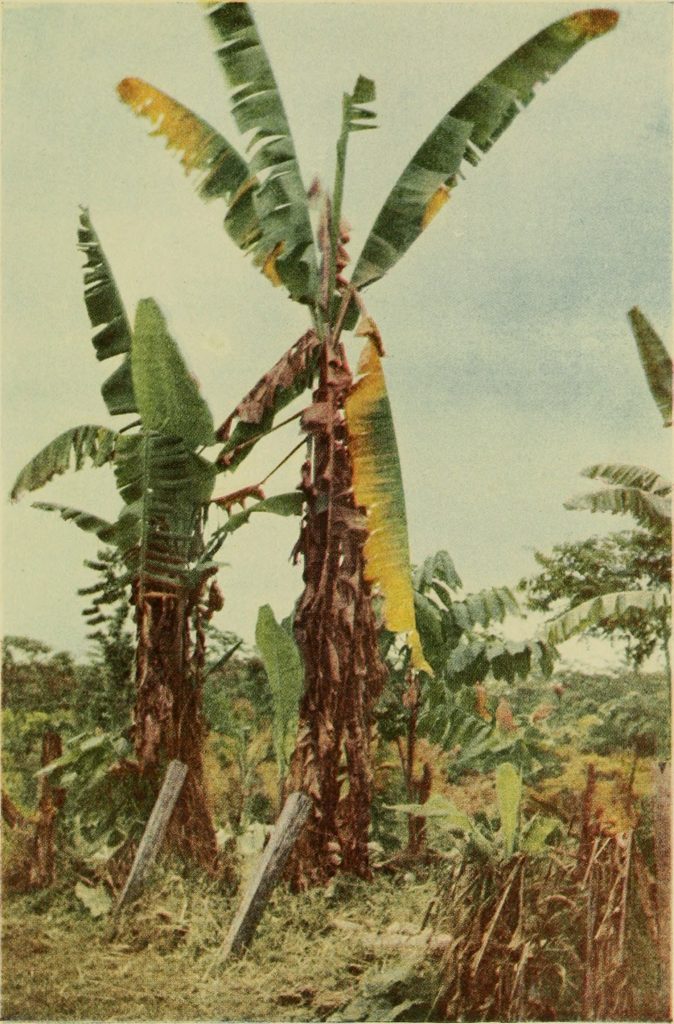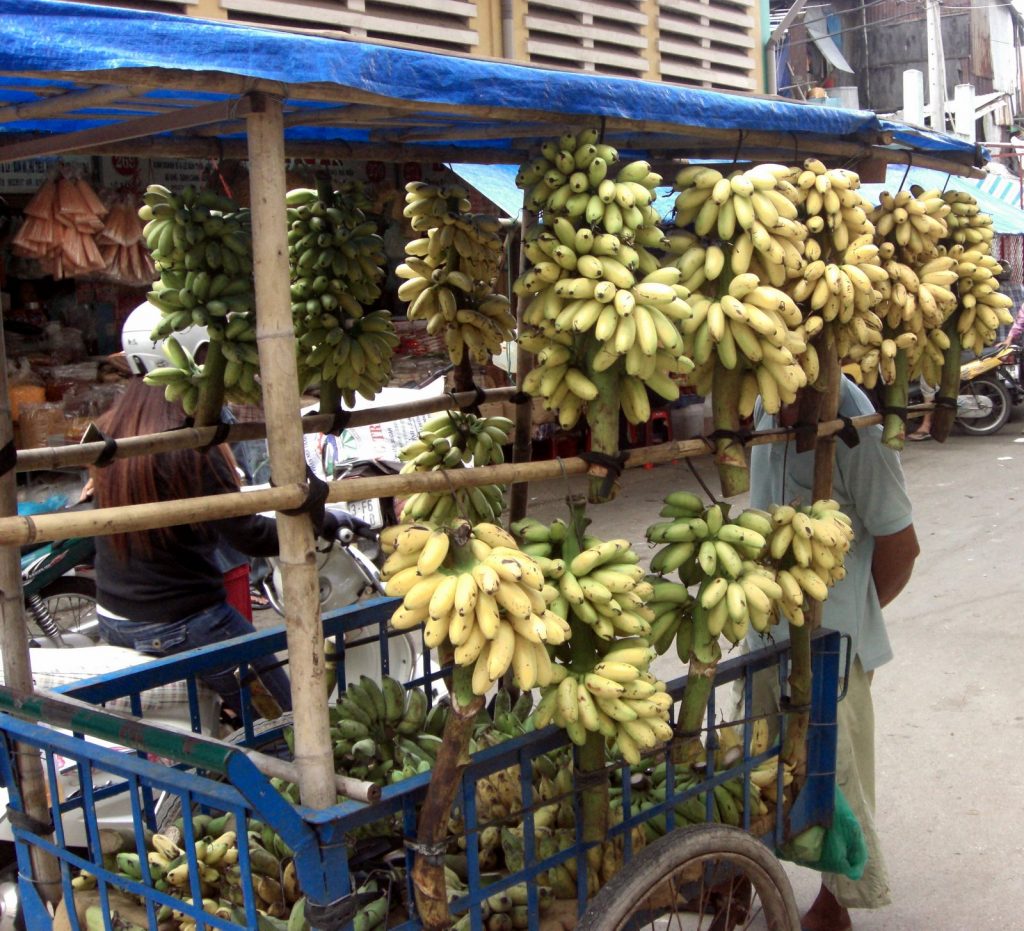Commercially available bananas are far from my favorite fruit: too soft, too sweet. I may well be in the minority here. In the U.S., they outsell oranges and apples combined.
Just look at the numbers!
Bananas are one of the most consumed and cheapest fruits worldwide: they are the most traded fruit and the fifth most traded agricultural product. In 2022, the global export value of the banana trade totaled US$12.5 billion. Banana growers exported 19.6 billion metric tonnes of bananas (with the exception of plantains) in 2022. Cavendish bananas alone had a retail value of approximately US$ 25.74 in 2022. They are the fourth most important crop in the world, behind wheat, rice, and corn.
The U.S. imports bananas primarily from Guatemala, Ecuador, Costa Rica, Columbia, and Honduras. Chiquita-Fyffes, Del Monte, Dole, Grupo Noboa S.A. own or subcontract the majority of banana plantations around the world. According to World Top Exports, “The biggest 5 exporters of bananas (Ecuador, Philippines, Guatemala, Costa Rica then the Netherlands) accounted for three-fifths (60%) of all banana sales on international markets.”
Many banana growing countries don’t export them; banana growers sell them for domestic consumption.
A Brief History of Bananas
But what are we talking about, really? Botanically, a banana is a berry that grows on several kinds of large herbaceous flowering plants in the genus Musa. These plants look like trees but are actually giant herbs. The Latin name for banana, musa sapientum, translates to “fruit of the wise men.”
Food historians believe the first wild bananas grew in jungles in regions of Asia such as the Philippines and Indonesia. Researchers have found domestication projects of the fruit in Southeast Asia and the South Pacific. Based on archaeological evidence, the cultivation of bananas in the highlands of New Guinea dates back as far as 8000 BCE.
Alexander the Great first discovered the taste of bananas while campaigning in India in 327 BCE. Islamic conquerors brought the banana back to Palestine in 650, and Arab merchants eventually spread them around Africa.
Portuguese sailors brought bananas from West Africa, introducing them to the Americas in the 16th century. Its Guinean (Wolof) name was banema, which later became banana in English. From Guinea, we also get the word guineo for an unripe banana.
Merchants introduced bananas to North America in the 1880s. Fashionable people ate them with a knife and fork.
What we eat in the U.S. today is almost exclusively the dessert banana Cavendish. Prior to the 1950s, the Gros Michel variety dominated the US market. However, a combination of fungal plagues, particularly Panama disease, wiped out nearly all of the Gros Michel plantations.
Artificial banana flavoring actually tastes like a Gros Michel banana (or an English pear, depending on who you ask). When you eat banana flavored candy, you’re getting a taste of the past!
The Cavendish banana variety is now under threat from the same disease that struck its predecessor. Panama disease has evolved into a new strain (Tropical Race 4), which can resist many of the quarantine and anti-fungal measures of farmers. Since researchers first identified Tropical Race 4 in Australia in 1997, they have traced its spread across Oceania, South-East Asia, and the Middle East. In 2021, the Peruvian government declared a phytosanitary emergency for the whole country after detecting the new strain of Panama disease. (Researchers think Panama disease actually originates in South-East Asia, not Panama or anywhere in South America.)
And then there’s banana ketchup. During World War II, ketchup producers in the Philippines faced a shortage of tomatoes but had plenty of bananas on hand. Maria Orosa, a Filipino chemist and food scientist, created banana ketchup to solve both problems. She made a paste of bananas, vinegar, sugar, and spices, and added red food coloring. People who have tried it claim it tastes just like the ketchup you’d find in any fast food restaurant in America.
But How Much Do You Really Know About This Fruit?
One might think that a banana is a banana, but there are between 500 to 1000 different varieties of bananas growing around the world, subdivided into 50 groups. Some are sweet, like the Cavendish banana, which is the most common and most widely exported. In many countries, people differentiate between bananas (sweet and eaten as a snack or dessert) and plantains (starchy and used in cooking).
Cultivated bananas reproduce asexually. Each plant basically grows as a clone of its elder, starting from suckers or pups growing out of its base. The lack of variety and adaptation leads to extreme vulnerability, such as from Panama disease.
Due to their need for a warm, tropical climate, bananas can not grow easily in most of the United States. Many farmers in Hawaii grow some of the lesser well-known varieties of banana, such as Blue Java bananas, which purportedly taste like vanilla ice cream. Small groves of banana trees grow throughout the American south, in Florida yards and along Louisiana highways.
Banana bunches grow pointing up. Growers call these bunches “hands.” Each hand typically has about 20 “fingers”.
In 2001, a banana cluster took the title of the “largest bunch of bananas.” It held 473 individual bananas or “fingers” and weighed a whopping 287 lbs (130 kg). Kabana SA and Tecorone SL grew the bunch in the Canary Islands.
Consider health benefits in particular. Bananas are nutritious. They have approximately 89 calories per 100 grams (3.5 oz). Bananas are most known for their potassium content but also contain B vitamins, vitamin C, magnesium, and fiber. These support heart health and digestive health. According to research, eating bananas can lower the risk of strokes and heart attacks. Foods that are high in potassium might stop fatal blockages from occurring and can also inhibit the hardening and narrowing of arteries.
Bananas contain serotonin, a natural substance that alleviates depression and balances other moods. This form of serotonin cannot cross the blood-brain barrier, so bananas don’t act as a kind of natural antidepressant. However, a banana’s high concentration of vitamin B6 can help the body to produce its own serotonin naturally. This chemical also contributes to an overall well-balanced feeling amongst consumers.
If you have a bug bite, the inside of a banana peel can relieve itching. The natural oils found in the banana skin contains a chemical that helps alleviate irritation from mosquito bites and poison ivy.
Fun Facts
If bananas are too green to eat, put them in a paper bag with an apple or tomato. The banana’s ripening will speed up overnight. These helpers release more ethylene than others. This is the chemical that helps fruits ripen over time.
For the same reason, don’t keep fresh flowers on a counter or table next to bananas. The released ethylene will make the flowers wilt more quickly.
In 2016, police in Mumbai forced a thief to eat 48 bananas so that they could retrieve the gold chain he stole and swallowed.
Authorities in China have banned seductively eating a banana during a live stream, as of 2016. This is to keep under-aged women from attracting older male audiences. The Chinese government deems such acts harmful to social morality. Wearing suspenders on a live stream is also illegal.



Jordan Maddocks set a record for running the fastest marathon while dressed as a fruit in 2020. He ran the Rock n’ Roll Arizona Marathon in 2 hours and 41 minutes.

Banana fruits are naturally radioactive! This radioactivity is present in fruits containing potassium and potassium decays. You could die of banana radiation poisoning if you were able to eat 10 million bananas at once. You might experience chronic symptoms if you were to eat 274 bananas every day for 7 years. What are the chances?
The Guinness Book of World Records recognized Patrick Bertoletti as the man who could eat the most bananas in one minute. He peeled and ate eight bananas on the 14th of January in 2012 at Sierra Studios, Illinois, USA. In 2015, Pedro Aguilar from Mexico City, Mexico matched the record on July 26, 2015. You can do the math!

Fifty percent of people who are allergic to latex are allergic to bananas as well. The term for this phenomenon is latex-food syndrome or latex-fruit allergy. While few people are born with allergy, it can be developed later on in life.
Bananas can float on water. They have relatively low density and multiple air pockets. Similar fruits such as watermelons, oranges, and apples are also naturally buoyant.
Bananas are approximately 75% water, which seems like a lot. By comparison, cucumbers or radishes have 96% and 95% water respectively.
A team at Kitasato University in Minato, Japan won the 2014 Ig Nobel Prize in Physics for calculating precisely how slippery a banana peel is. As it turns out, it is all down to the polysaccharide molecules in the peel, a substance also found in our joints. When crushed, the cells in a banana peel release these polysaccharide molecules as a gel, coating whatever surface they touch.

Rubbing the inside of banana peels on leather products like handbags or shoes works like shoe polish. The potassium in bananas, just like the potassium in leather polish, conditions and shines leather. Just rub the banana peel on the surface needing a polish and wipe off any residue with a cloth.
The use of “bananas” or “going bananas” to mean insanity may stem from flapper slang in the 1920s. The Routledge Dictionary of Modern American Slang and Unconventional English traces this use back to the late 1910s, when flappers used “banana oil” to mean “nonsense.” Alternatively, a glossary of criminal slang from 1935, The Underworld Speaks, noted that “bananas” meant “sexually perverted.”

A monkey peels a banana upside down compared to our method: they pinch the nub at the floral end and split the skin to peel it down toward the stem. The most nutrient-dense part of a banana is opposite the stem, the part that would be pointed up when a banana was growing on the tree. Peeling a banana from this end allows the monkey (or you) to reach the best part of the banana first. People who peel a banana from the floral top are also slightly less likely to contaminate the fruit with bacteria from the stem. Hungry monkeys will sometimes just eat the whole banana, peel and all!
Humans share about 41% of our DNA with bananas.
Banana leaves have nearly as many uses as the fruits. When cooked, they have many nutritious benefits. People use them as a building material or for rain protection. They can be formed into biodegradable cooking or eating utensils. Weavers can process fibers from banana leaves and stems into rope and fabric.
The Dark Side of Bananas
I don’t like to write downer blogs, but be aware. There is evidence of price fixing on bananas, keeping them at 79 cent a pound. This is possible because of the concentration of banana plantations and export under the control of just a few companies. The cost savings to consumers means that those actually growing and harvesting the fruit often live on subsistence earnings.
Bottom Line: Bananas are popular and convenient and more complicated than you probably knew.









